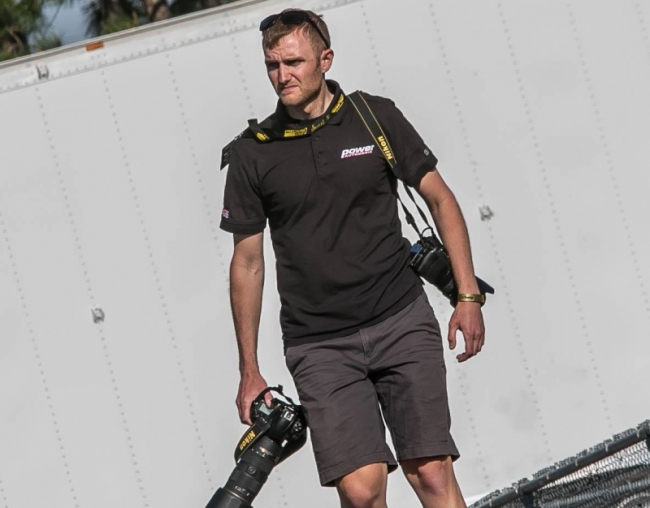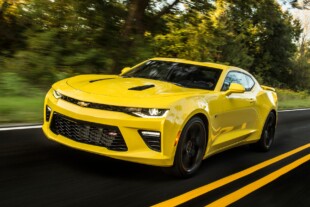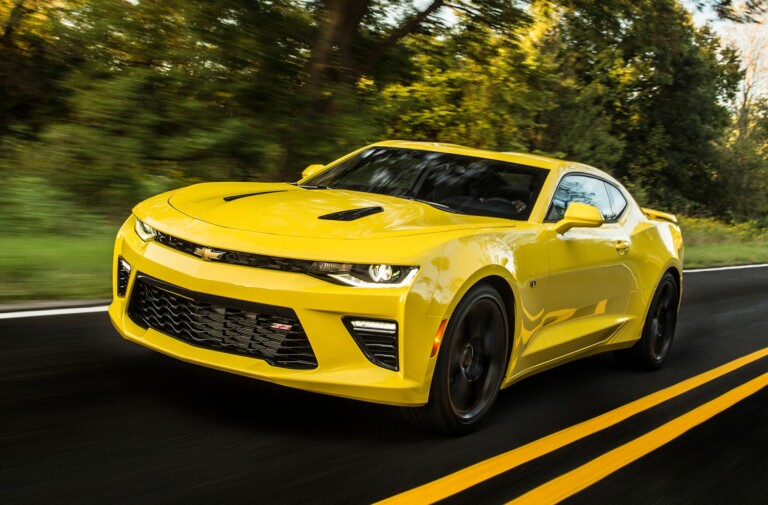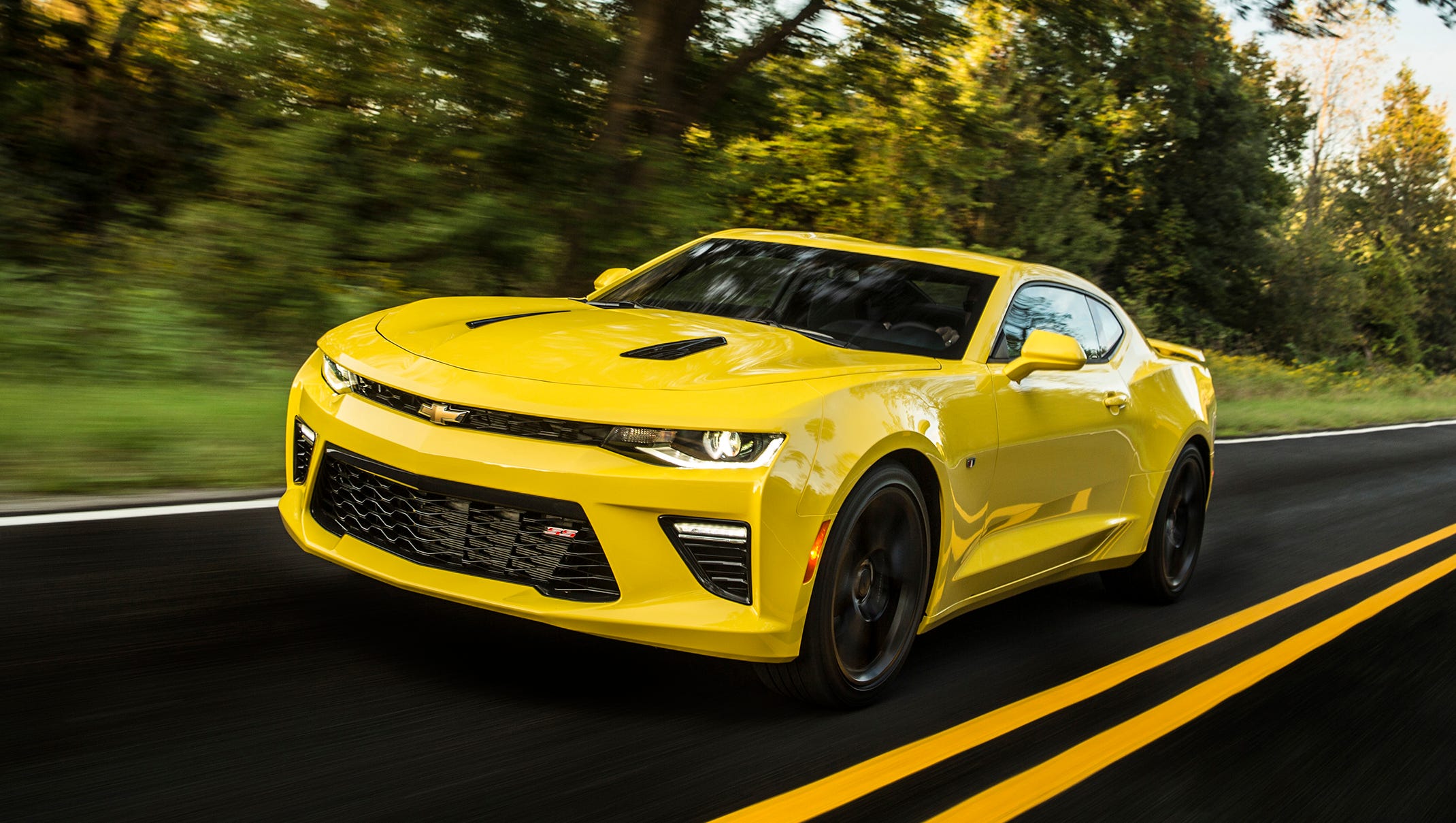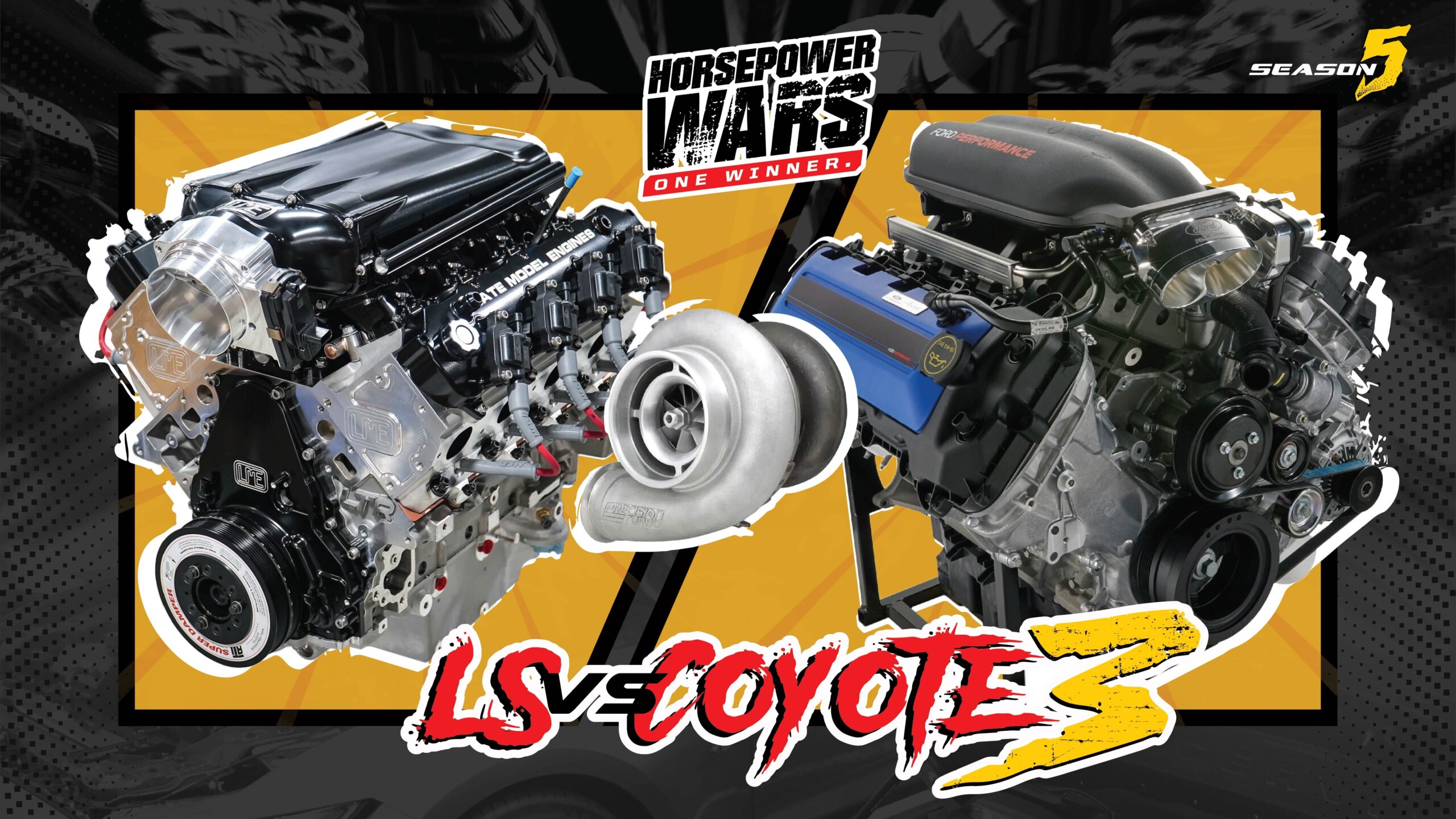
All images credit: americanwaytopfueler.com
A few weeks ago, news came to light that a new enclosed driver capsule has been developed and will soon debut aboard the Don Schumacher Racing Top Fuel Dragsters, and while the concept of a fully enclosed capsule is a new one, the use of canopies is anything but.
In this Flashback Friday installment, we set the wayback machine to 1972, where noted car owner Harry Lehman was constructing and debuting a revolutionary streamlined race car, sporting an enclosed cockpit canopy and a likewise enclosed engine compartment.
Having been involved in the sport from its inception in the early 1950’s, Harry experienced some success along the way with cars such as the ‘Jolly Green Giant,’ the “Little Leaguer”, and the “Little Leaguer II.” In 1970, the Little Leaguer II was converted into a Top Fuel Dragster and was renamed the “American Way.” After two successful seasons with the car, Lehman gave in to his strong desire to win and laid the groundwork for the ultimate in aerodynamic dragster designs.
To be known as the “American Way II,” this new-age rear engine dragster would measure 220 inches and would have almost zero airframe drag, thanks to a body that covered nearly the entire car like a sheath. After the drawings were complete and the plan was put in place, work on the American Way II began under a shroud of secrecy. Famed fabricator Tom Hanna was tabbed for the task of building the body, while Byron Blair, who had constructed both of the Little Leaguers, would build the chassis. Before being transported back East to Lehman’s shop from California, artist Kenny Youngblood also got his hands on it and applied his mastery to the body, just as he had on the first American Way.
Harry and his driver Bob Williams spent the summer of ’72 assembling the streamliner and the 392 Hemi powerplant that featured a cast iron block, 6:71 GMC supercharger, and the Enderle fuel injector from the original American Way.
 In all, the American Way streamliner cost a staggering $25,000 to complete, which doesn’t sound like much in todays terms, but at the time, the average cost of a new home was $25,000.
In all, the American Way streamliner cost a staggering $25,000 to complete, which doesn’t sound like much in todays terms, but at the time, the average cost of a new home was $25,000.
The American Way II saw the racetrack for the first time during a series of demonstration runs at the Capitol Dragway in the latter part of 1972, and from there, made its competition debut at National Trail Raceway in Columbus, Ohio in August. Concerns about the windshield fogging up were laid to rest during the hot summertime event, and Williams took the car to the second round in its maiden outing. Lehman and Williams ran the car aggressively for the rest of the season, and in ’73, made the switch from the Hemi to a 417 Donovan powerplant.
For the ’73 season, the American Way II was stretched 15 inches and a two-speed Lenco transmission was installed. Williams qualified for nearly every event the team entered and won several of those. The team also achieved 232 mph at Englishtown that year.
In 1974, while competing at Maple Grove and with Chuck Turner now at the wheel, the American Way II lined up alongside the well-financed Jim and Allison Lee-woened machine driven by Tom Raley. When Chuck let off the accelerator after hitting a dip near the finish line in the left lane, the rear of the car of the car lifted off the ground and careened into Raley’s dragster, destroying both cars. Without the funds from his day job as a Nay engineer to rebuild the car, Lehman scrapped the American Way II, which by that had become a media sensation, and never returned to the sport of drag racing.


